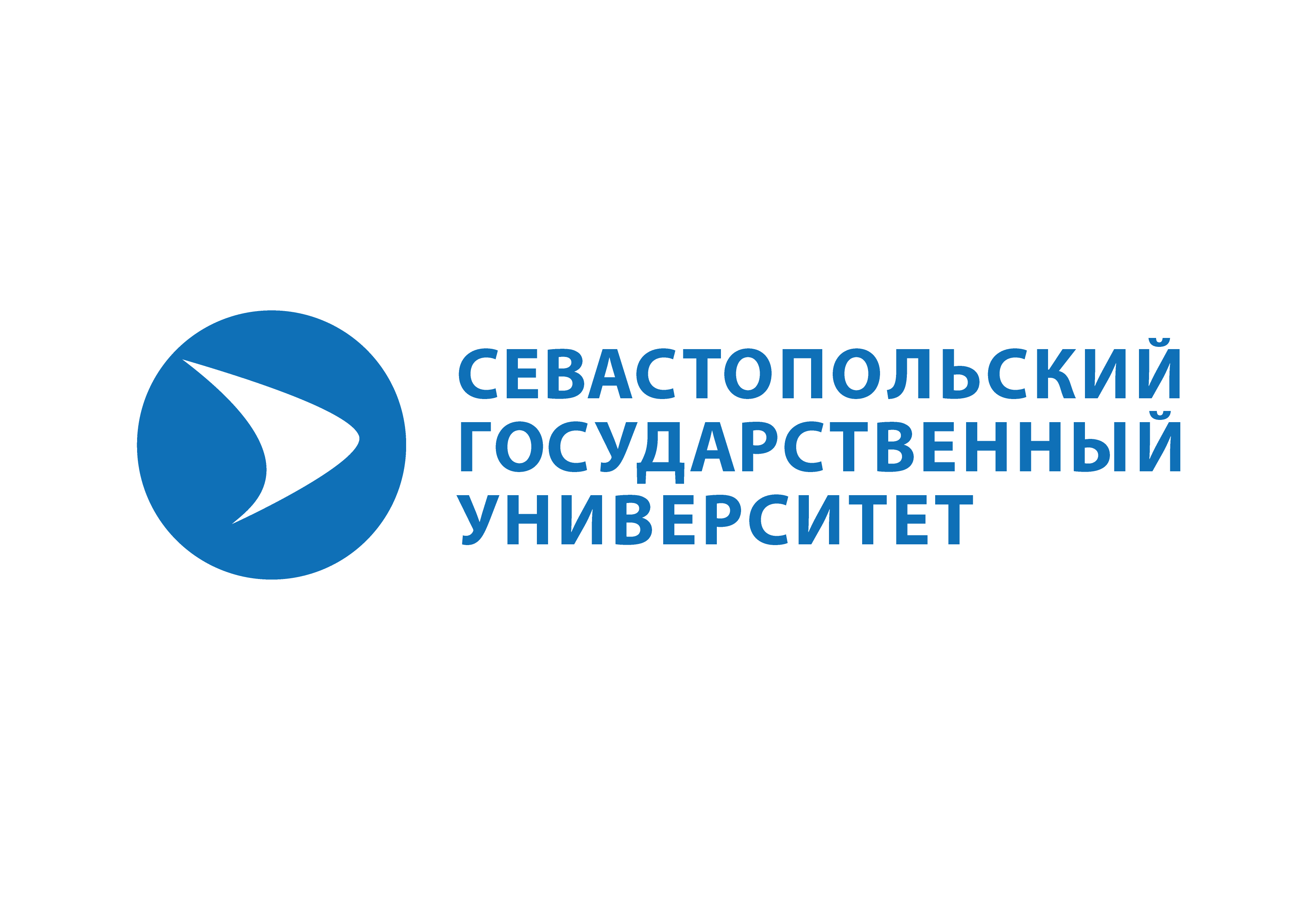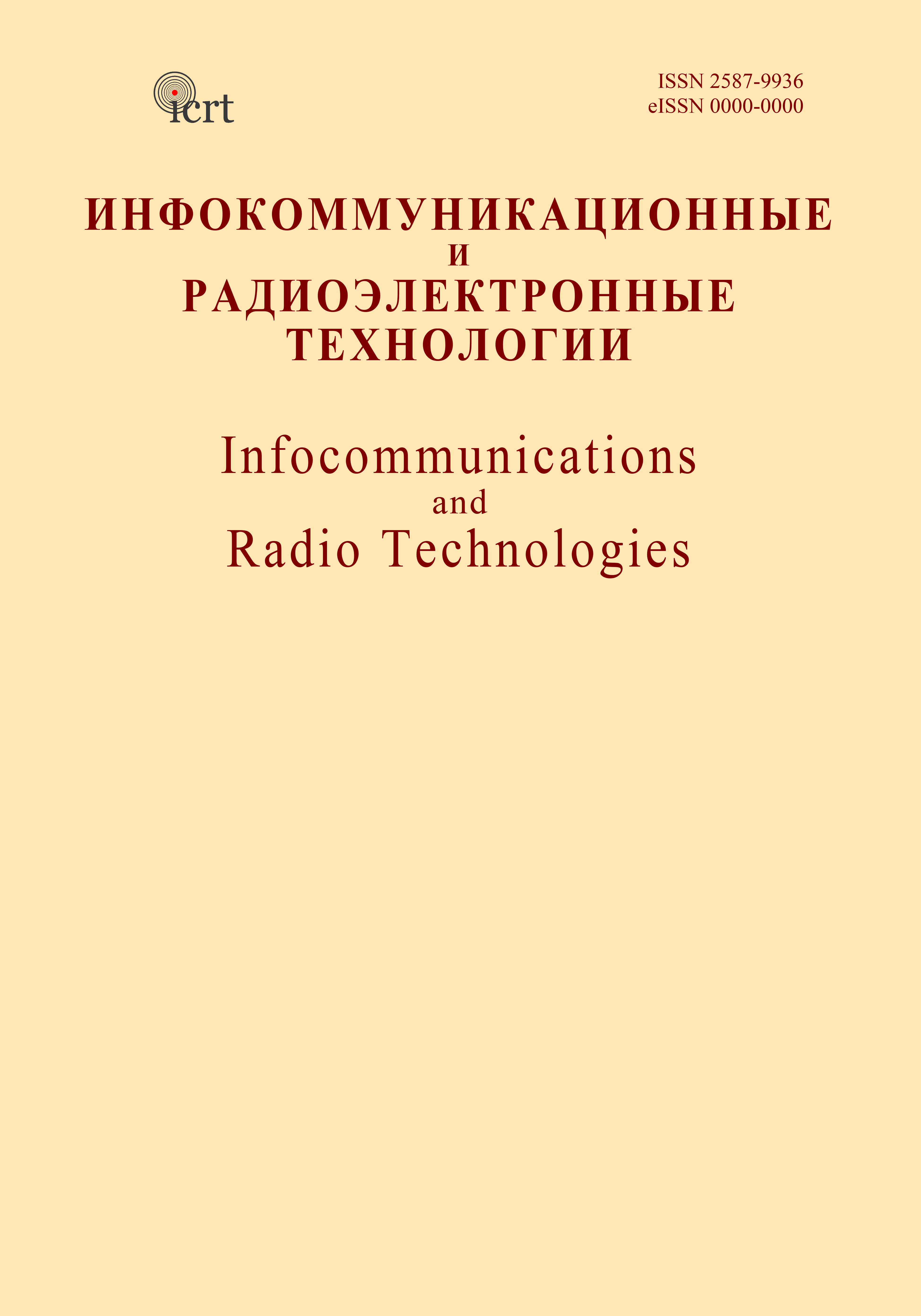St. Petersburg, St. Petersburg, Russian Federation
UDK 621.38 Электроника. Фотоэлектроника. Электронные лампы, трубки. Рентгенотехника. Ускорители частиц
UDK 621.39 Электросвязь. Техника электросвязи
At the turn of the 19th and 20th centuries, long-distance telephone communication turned into a serious business, however, the cost of lines was high, and the practical commercial range of telephone signal transmission did not exceed 1600 km. As the lengths of long-distance telephone lines increased, two problems arose that were rec-ognized as particularly relevant, in particular, crosstalk and signal attenuation. AT&T researchers were engaged in solving these problems. This article examines the work of scientists and engineers who have led to real practical solutions to problems of long-distance telephone communication, in particular, Oliver Heaviside, John Stone and George Campbell.
Long-distance telephone communication, telegraph equations, bimetallic telephone cable, Campbell’s equation, Campbell’s loading coils
1. V. M. Pestrikov, “Early work of Lee de Forest on wireless telegraphy,” Infocommunications and Radio Technologies, vol. 3, no. 4, pp. 456-507, 2020. (In Russ.).
2. V. M. Pestrikov, “The Genesis of Lee de Forest's Audion,” Infocommunications and Radio Technologies, vol. 4, no. 1, pp. 42-79, 2021. (In Russ.).
3. V. M. Pestrikov, “Discovery and some scientific studies of cathode rays,” Infocommunications and Radio Technologies, vol. 3, no. 2, pp. 190-226, 2020. (In Russ.).
4. V. M. Pestrikov, “On the way to the vacuum diode,” Infocommunications and Radio Technologies, vol. 3, no. 1, pp. 98-134, 2020. (In Russ.).
5. V. M. Pestrikov, “Lee de Forest’s promotion of cordless phone innovation in the service market,” Infocommunications and Radio Technologies, vol. 4, no. 2, pp. 107-146, 2021. (In Russ.).
6. V. M. Pestrikov, “Invention of the electronic tube audio amplifier,” Infocommunications and Radio Technologies, vol. 3, no. 4, pp. 433-455, 2020. (In Russ.).
7. J. A. Barrett, “Electric circuit,” US392775A Patent. Patented Nov. 13, 1888. Application filed May 9,1888.
8. The History of Engineering and Science in the Bell System. The Early Years (1875-1925). Vol. I. By M. D. Fagen, ed. New York, Bell Telephone Laboratories, Inc. 1975, p. 206.
9. J. J. Carty, “Inductive disturbances in telephone circuits,” Transactions of the American Insti-tute of Electrical Engineers, vol. VIII, p. 100-122, Mar. 17, 1891.
10. J. J. Carty, “Telephone and telegraph circuit,” Patent US348512A. Patented Aug. 31, 1886. Application filed February 2, 1886.
11. A. M. & T. R. Rosebrugh, “Multiple telephone,” Patent US417511A. Patented Dec. 17, 1889. Application filed November 27, 1886.
12. A. M. Rosebrugh, “Duplex telephony,” Electrician, vol. 18, P. 378-380, March 4th, 1887.
13. A. M. & T. R. Rosebrugh, British Patent 4231, 1886. Patent date Aug. 15th, 1885.
14. “The Rosebrugh Duplex Telephone System,” The Electrical World, vol. 15, no. 1, p. 2, January 4th, 1890.
15. A. M. Rosebrugh, “Duplex Telephony in Actual Use,” The Electrical World, vol. 15. no. 19, p. 312-313, May 10, 1890.
16. A. M. Rosebrugh, British Patent 10404 of 1886, patent date Aug. 13th, 1886.
17. V. M .Pestrikov and M. V. Pestrikova, “The struggle for the range of telephone communica-tion at the turn of the XIX-XX centuries,” in Networks and communication lines: past, pre-sent, future: materials of the Ninth scientific readings in memory of A. S. Popov, St. Peters-burg: “Svoyo” publishing house, p. 53-59, 2016. (In Russ.).
18. V. M. Pestrikov and P. P. Yermolov, “The struggle for the range of telephone communication before the invention of the audion Lee de Forest,” ITM Web of Conferences, vol. 30, no. 16002, 2019, [Online]. Available: URL: https://doi.org/10.1051/itmconf (30.11.2021).
19. O. Heaviside, “Electrical Conductor,” Patent GB1407, April 6th, 1880.
20. O. Heaviside, Electromagnetic theory. Vol. 1. London: The Electrician Company, 1893.
21. “O. Heaviside to O. Lodge, 18 December 1918,” quoted in B. J. Hunt, The Maxwellians. NY: Cornell U. Press, Ithaca, 1991, p. 135.
22. B. J. Hunt, “Oliver Heaviside: A first-rate oddity,” Physics Today, no. 11, pp. 48-54, 2012.
23. B. Mahon, Oliver Heaviside: Maverick Mastermind of Electricity. London: Institution of En-gineering and Technology, 2009, p. 79.
24. “O. Heaviside to O. Lodge. 24 September 1888,” quoted in Hunt B. J. The Maxwellians. NY: Cornell U. Press, Ithaca, 1991, p. 143.
25. J. S. Stone, “Electric circuit,” Patent US578275, dated March 2, 1897. Application filed Sep-tember 10, 1896.
26. F. B. Jewett “Dr. George A. Campbell,” The Bell System Technical Journal, vol.14, no. 4. pp. 553-557, October 1935.
27. G. A. Campbell, “On loaded lines in telephonic transmission,” The London, Edinburgh, and Dublin Philosophical Magazine and Journal of Science, series 6, vol. 5(27), PP. 313-330, March 1903.
28. C. Godfrey, “Discontinuities of wave-motion along a periodically loaded string,” Philosophi-cal Magazine, series 5, vol. 45, no. 3, pp. 356-363, 1898.
29. The Collected Papers of George Ashley Campbell. New York: American Telephone and Tele-graph Company, 1937, p. 17.
30. J. A. Fleming, The propagation of electric currents in telephone and telegraph conductors. Second ed., revised. London: Constable & Company Ltd., 1912, p. 129.
31. A. L. Albert, Electrical Communication, New York: Wiley, 1950. pp. 242-243.
32. E. H. Colpitts, “The Collected Papers of George Ashley Campbell. Introduction,” Bell Tele-phone Quarterly, vol. 17, no. 1, pp. 58-70, January 1938.
33. F. L. Rhodes, “Permalloy: The Latest Step in the Evolution of the Loading Coil,” Bell Tele-phone Quarterly, vol. 6, no. 4, pp. 238-246, October 1927.
34. G. A. Campbell, “Improvements in and connected with Electric Circuits for the Transmission of Energy by Variable Currents,” Patent GB190016290A, Accepted Nov 17th, 1900, Date of Application Sept. 15th, 1900.
35. “G. A. Campbell,” The Bell system technical journal, vol. 34, no. 1, pp. 1-4, January 1955.












